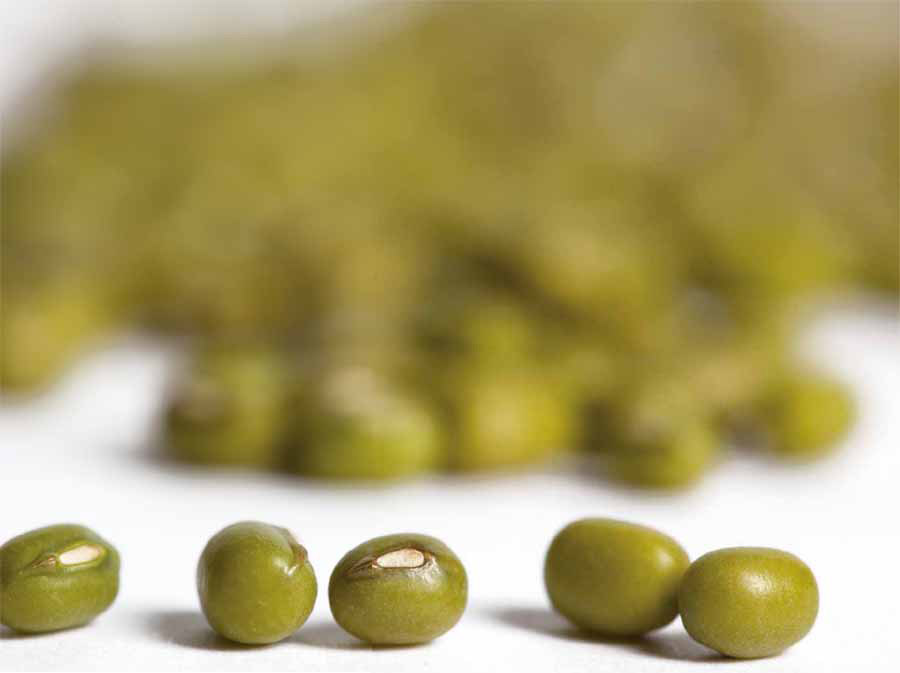
This headline undoubtedly fits splendidly when we talk about a product like soy sauce which, beginning as a rather exotic and distant stranger among us, has become, along with other products initially exogenous to our cuisine, a truly adoptive child.
The soya bean fashion was introduced more than three decades ago by the French reform movement, in particular by one of its then young and rebellious chefs, the most ‘Asian’ of all, Louis Outhier, then chef at L’Oasis restaurant at La Napoule in the heart of the French Riviera.
But salted and fermented soya beans are among the oldest Chinese flavourings. A liquid called jiang – antecedent to this sauce – was used more than 2,500 years ago. The current sauce started to be used widely in the 6th century.
Essential in Chinese and other Asian cookery, this dark sauce is made by fermenting soya beans with flour and water. This then goes through a process of distillation and aging. The sauce combines roasted soya beans with ground grain, usually wheat, with a special mould of yeast and brine, causing the development of lactic acid bacteria similar to yogurt. The resultant mixture, called moromi, is left to age for some time. This reddish brown semi-liquid mass can be left up to two years (it is said for two summers) continuing the process of fermentation, during which it acquires its oiliness, aroma and characteristic flavour. After this, the solids are separated from the liquids by a process of pressure, strained through different cloths, and the pasteurised liquid is packaged in small bottles, that look like perfume. There are essentially two types (although in Japan there are up to six varieties): one, with increased aging, more intense colour and stronger, sweeter flavour, called ‘superior soy sauce’, is used to accompany dishes. The other, lighter, softer and more savoury in taste, is more often used for cooking.
It is curious that soy sauce, which was born as a food preservative, has in the end become a real pleasure. However, as with other foods, its original use had a lot to do with religion. And in particular with the spread of Buddhism in China and Japan, since many of its followers became vegetarian, creating the need for a seasoning without a meat base, so they experimented with this paste made from cereals and fermented soya beans.
